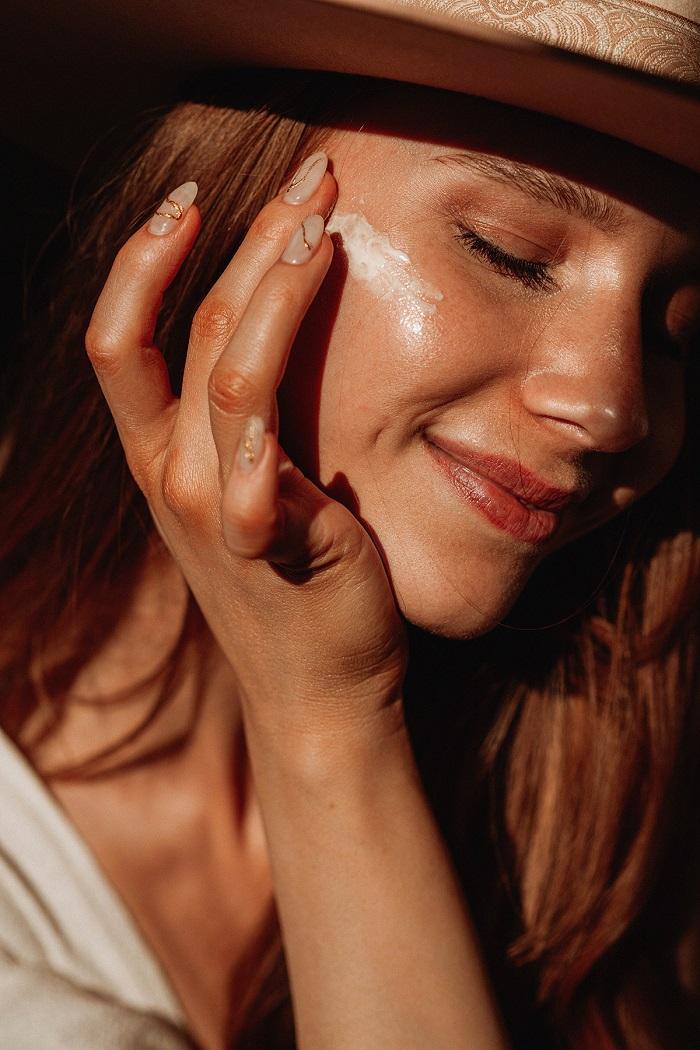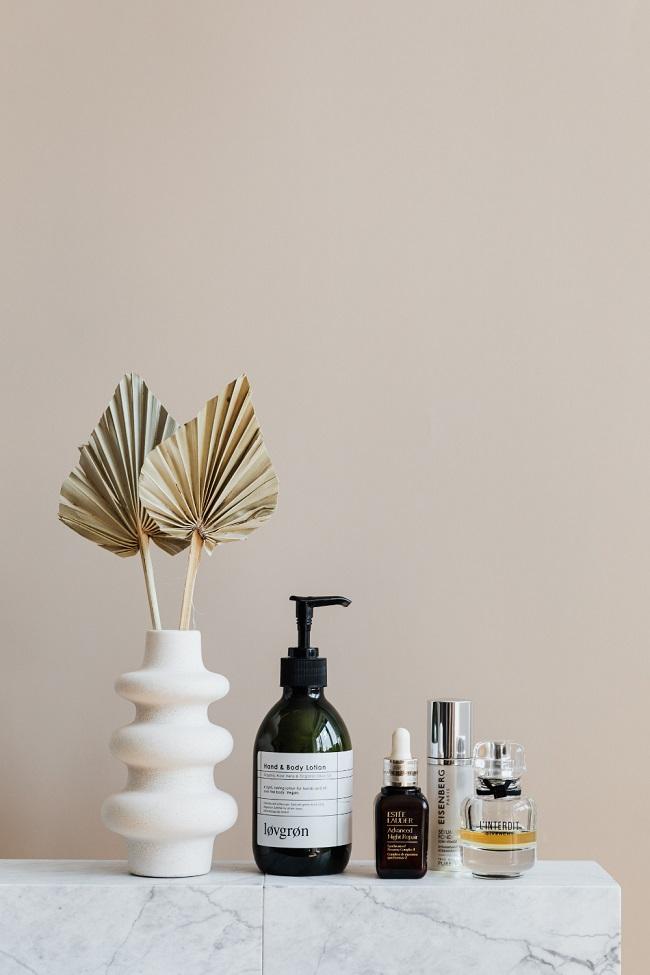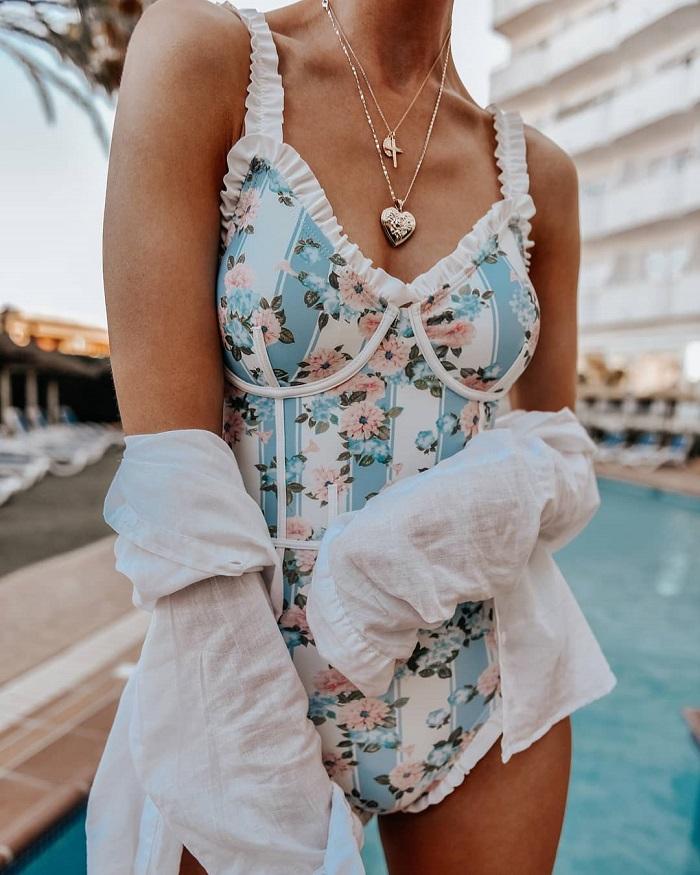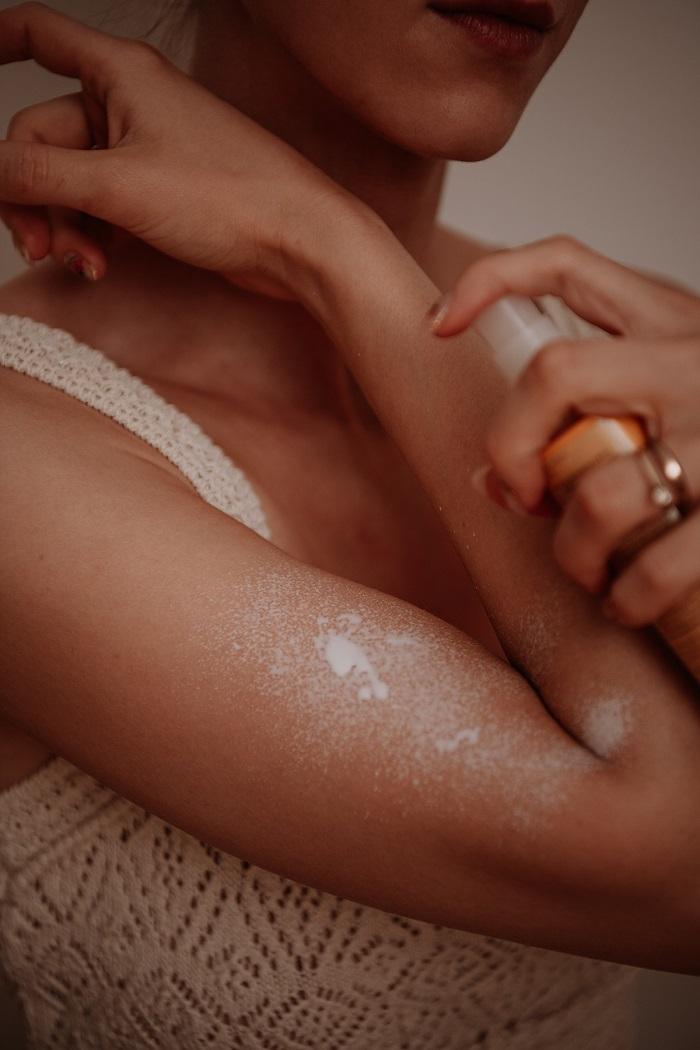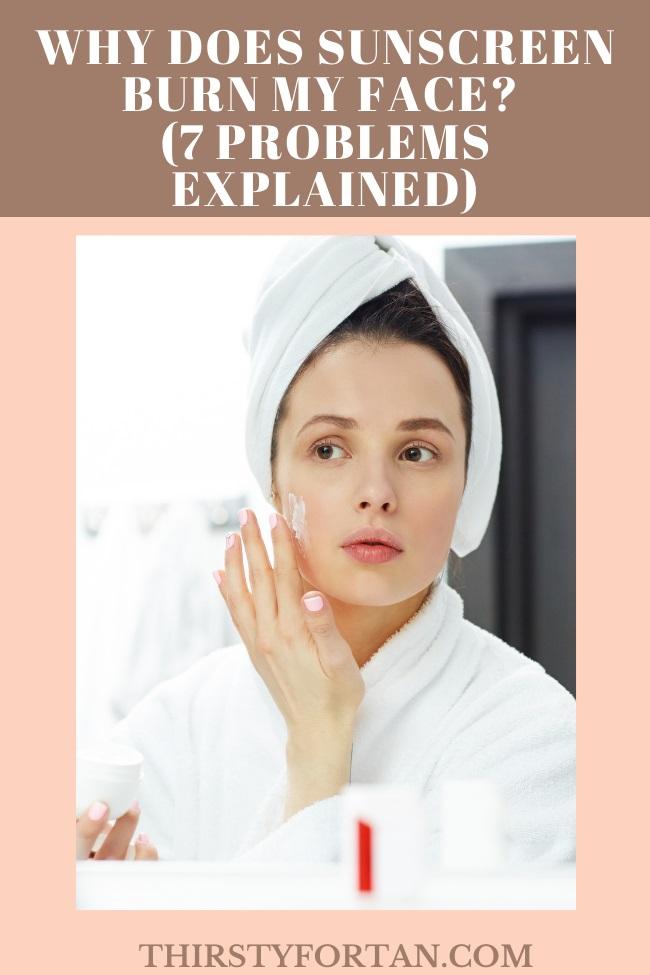Hopefully, you should be aware of the various benefits of wearing sunscreen and understand the importance of using it every day in order to protect your skin, but you might find that your skin is still burning anyway. If this is happening for you, here are all the answers and what you can do to fix your problem.
How does sunscreen work?
Before we start to solve the problem of your sunscreen not functioning as it should, something useful to know is how it should work in the first place, and what it does for your skin. The process is probably more obscure than you’d expect and understanding the entire thing can help you out with any other problems you’re finding, too.
In case you didn’t know before, the Sun emits to types of rays, known as UVA and UVB rays, which both penetrate our skin in their own ways, being responsible for their own types of damage, which is why we categorise them separately. UVA rays penetrate into the deeper layer of our skin, and result in effects such as premature aging, fine lines and wrinkles, as well as some others. However, UVB rays don’t cause damage as deep in the skin, and they’re instead responsible for surface damage such as sunburn, and the list of problems and potential future issues that come with it.
Your sunscreen should contain two types of ingredients, known as UV filters, or more specifically UVA filters and UVB filters. Just like their names suggest, these filters protect your skin from UVA and UVB rays respectively. Some ingredients will play the role of just one of these, but others can even act to filter out UVA and UVB rays at the same time.
Depending on the SPF you choose for your sunscreen, it will protect your face from the Sun’s rays by filtering out a certain amount of UV rays. There are two types of sunscreen in the beauty industry: chemical and mineral (also known as physical) sunscreens. Each comes with its own advantages and disadvantages, but it’s a good thing to be aware of when purchasing your products.
Now, we can move onto the reasons why your sunscreen is burning your face, and the possible common reasons are below!
Also read:
What SPF Should I Use on My Face? (3 Best Sunscreens)
7 Things A Sunscreen Does to Your Skin (Explained)
Problem #1: You’re not using enough on your face
One of the biggest problems that most people experience with their sunscreen is that they’re not using enough to cover their skin properly. Unlike most other skincare and cosmetic products, when it comes to sunscreen, more is more, so you need to use a decent amount in order to ensure you’re completely protected.
If you were to discover how much sunscreen is recommended to use for each application, you might be shocked to discover that around two tablespoons in recommended for use between the face and exposed areas of the body. As a comparison, this is the equivalent of a whole shot glass’ worth of sunscreen – yep, it’s a lot. For the face alone, a nickel-sized potion is a good amount to cover all areas of skin there.
In order to fix the problem of your skin burning, it’s simple to just increase the amount of sunscreen you are using each day.
Problem #2: Other products are interfering
In terms of interference, there is a range of products which can be affecting the application of your sunscreen, and therefore affecting its ability to protect you from the Sun, too. For example, it’s best to apply your sunscreen as the last step of any skincare routine you may have, and underneath your makeup, if you’re wearing it. Using your products in a different order to this can disrupt each other’s performance, and they may not work as expected.
The best example of products interfering with your sunscreen is when you mix up its order with moisturiser. There have been many disputes within the skincare industry, between specialists and dermatologists, about whether sunscreen or moisturiser comes first, and they still haven’t reached a definite conclusion. However, it has been decided that the safest option is to apply your sunscreen after your moisturiser, as studies have shown that applying them the other way around can lead to your moisturiser’s ingredients reacting with those in your sunscreens and causing them to become ineffective.
There are some products which can also increase your skin’s risk of burning with use, and this means you’ll need to use a higher SPF in order to provide enough protection. These types of products are usually labelled somewhere on the packaging with a message indicating that you need to take extra care in the Sun. Some examples include any AHAs (alpha hydroxy acids) or BHAs (beta hydroxy acids) or other strong chemicals and exfoliators.
Problem #3: The product is out of date
If you want to learn more about using a sunscreen when it’s out of date in more detail, you can always do some research of your own. However, the main thing you need to know is that you should avoid using sunscreen which is out of date (and, any skincare product in general) as it can come with some side effects, and the UV filters can also become ineffective. If this happens, the product won’t be doing its job to save your skin from the Sun, and it will be as though you never had any sunscreen on in the first place, instead.
You can find out whether your product is out of date either by observing it for any abnormalities in texture, such as separation, or unusual smells and colours. As well as these signs of expiration, you can find out when to expect your product to go out of date by finding the small container-shaped diagram with a number inside it somewhere on its packaging. This number is the number of months for which you can use it after the seal has been broken.
Also read: Does Expired Sunscreen Still Work? (Explained)
Problem #4: You haven’t given it enough time to absorb
While this doesn’t apply to all sunscreens, it’s essential that you wait between 20 and 30 minutes for your sunscreen to be absorbed into your skin before stepping outside or exposing your skin to any sunlight. As you may remember, there are two types of sunscreen, and this only really applies to chemical ones, due to the way they work.
For these sunscreens, they work by soaking the product into the upper layers of your skin and spreading out their UV filters around these areas. From here, the filters absorb any UVA or UVB rays which penetrate into your skin and provide protection in this way. As you can imagine, this process takes some time, around 20 minutes, during which you should stay out of the Sun.
If you do decide to go outside before the cream has been given enough time to absorb, you’ll find that it is doing nothing to protect your skin, as it hasn’t yet been given enough time to ‘activate’. No matter how you apply it in other ways, not waiting long enough for your sunscreen to soak in is a bigger problem than it sounds, and it can be the reason why your skin burns so quickly.
The solution to this is simple: just wait before going outside and you should be fine! If you are using a mineral (also known as a physical) sunscreen, this doesn’t affect you, so you won’t need to worry about waiting at all.
Problem #5: You’ve been swimming
Of course, you can still go swimming in the sea or a swimming pool whilst wearing sunscreen, and there’s nothing to stop you from doing this, but there are a few points you should make yourself aware of. Although some sunscreen may claim to be completely waterproof or water-resistant, it’s only a matter of time before their ingredients start to break down upon coming into contact with water, no matter whether it’s salty or fresh.
For most sunscreens, you’re still protected for 40-80 minutes after the product has come into contact with water. During this time, the ingredients start to break down, and eventually they become ineffective, making the sunscreen unsafe in terms of keeping your skin protected, and this can leave you with a false sense of security.
The lesson here is to always re-apply your sunscreen after exposing it to any water source whatsoever.
Problem #6: You haven’t applied it regularly throughout the day
There is some more science behind how the sunscreen ingredients break down on their own throughout the day whilst they’re on your face or body, without the addition of any water. If you’re particularly interested in this or want to learn about this in a little more detail, be sure to check out the information yourself, and you might find it very interesting!
However, the simple version of this is that applying your sunscreen regularly throughout the day can be difference of burning or staying protected. Scientific studies have shown that any SPF is only fully effective for around 2 hours after it’s been applied, so it’s a wise idea to always carry a tube of cream around with you if you’re going out, so you can keep topping it up.
Also read: What Is Sunscreen Made Of? (Common Ingredients)
Problem #7: The SPF isn’t high enough
Lastly, this one should probably make sense to most people, as it’s pretty simple logic that the higher SPF you use, the more protection you will be provided with during your day. If you are finding that your skin is burning, no matter what you do to ensure that your sunscreen is working properly, your best choice is to increase the SPF you’re using, and this should do the trick. Of course, you still need to follow the other ‘rules’ on this list, but this one can make a big difference.
- SUPERIOR ENDURANCE VS. SWEAT & WATER — From family fun to hardcore competition, Banana Boat Sport Sunscreen provides strong sun protection that stays on so you can play on
- CLINICALLY PROVEN UVA/UVB PROTECTION — This SPF 50+ broad spectrum sunscreen spray protects skin from the sun's harmful UV rays
- Water Resistant: Coppertone Sport SPF 50 sunscreen lotion is water resistant (80 minutes), and stays on strong when you sweat
- Free Of: This Coppertone Sport sunscreen lotion is free of oxybenzone, octinoxate, PABA, phthalates, & dyes
- Water Resistant: Coppertone Sport SPF 50 sunscreen lotion is water resistant (80 minutes), and stays on strong when you sweat
- Free Of: This Coppertone Sport sunscreen lotion is free of oxybenzone, octinoxate, PABA, phthalates, & dyes
- Easy to Apply: Coppertone Sport Sunscreen Spray has a continuous sprayer for application on any angle, and is easy to apply for quick, even coverage
- UVA/UVB Protection: Broad Spectrum sunscreen stops up to 98 percent of UVA/UVB rays to combat the effects of sun damage to your skin
- [ BROAD SPECTRUM SUNSCREEN FOR FACE ] 100% Mineral-based, chemical free sunscreen, also known as a physical sunscreen, reflects UVA/UVB rays to help protect the skin. Daily face sunscreen for broad spectrum protection.
- [ MINERAL SUNSCREEN APPLICATION ] Mineral based sunscreen for face can often leave a white cast. For best results, apply evenly to the entire face & neck in thin layers & thoroughly massage into skin. Facial sunscreen is suitable for use under makeup.
If you click Buy on Amazon and make a purchase, I'll earn a small commission at no additional cost to you.
On the other hand, it’s no necessary to wear something as heavy as SPF 60 on dark, cloudy days, so remember to also be sensible with the SPF you’re choosing, and don’t go too overboard, or underboard.
Final thoughts
There are a variety o f reasons why your sunscreen may not be working as you should expect it to, as shown above, but luckily, most of these problems are easy to fix once you know about them. If you’re still struggling with your sunscreen, and you’d like expert advice tailored specifically to your, consider visiting a dermatologist or any other healthcare professional for a consultation to discuss what might be going on.

